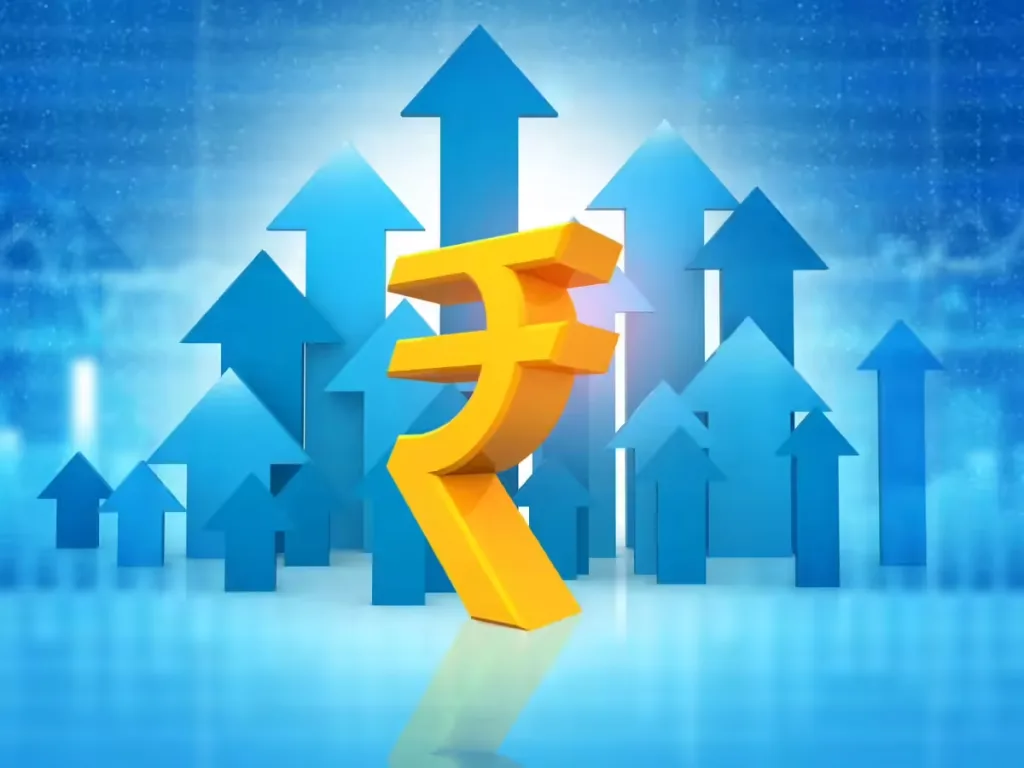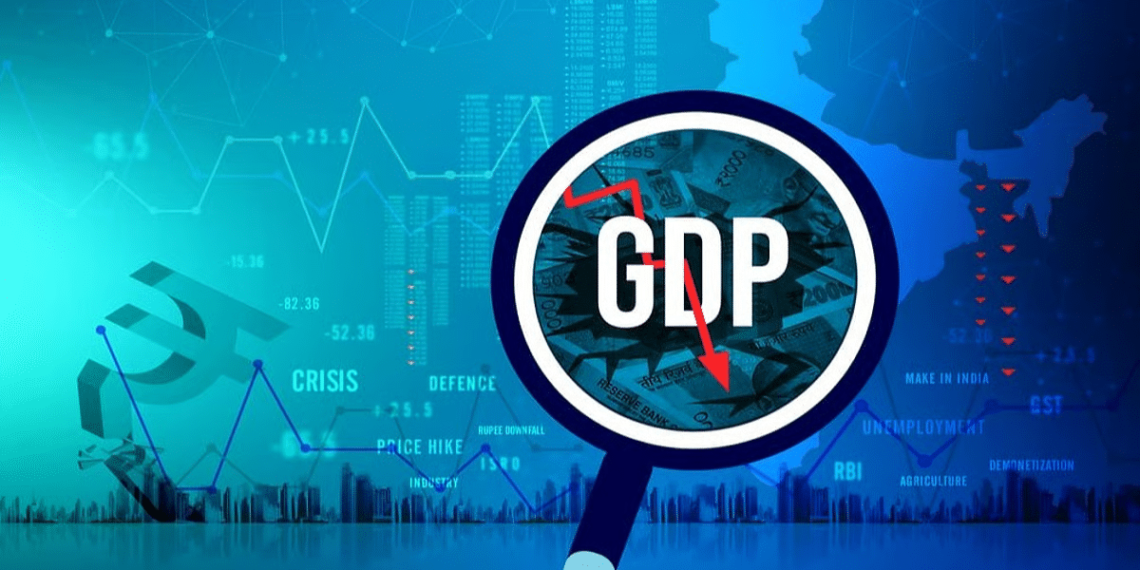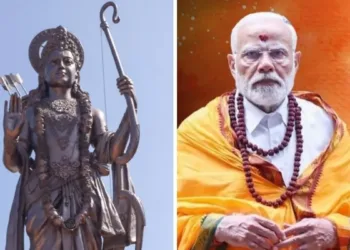When it comes to economic prosperity in India, not all states are created equal. Sikkim leads the pack with the highest GDP per capita among Indian states at around ₹588,000 in financial year 2024, showcasing how smaller states can achieve remarkable economic efficiency. Let’s explore which states and union territories are setting the benchmark for wealth creation per citizen.
Table of Contents
The Top Performers: India’s Richest States & UTs by GDP Per Capita
According to the latest 2024 data, Sikkim, Goa, and Delhi top the charts, while there’s a significant economic divide with states like Bihar, Punjab, and Jharkhand at the bottom. This disparity highlights the complex regional imbalances that characterize India’s economic landscape.

Top 10 States & UTs by GDP Per Capita (2023-24)
| Rank | State/UT | GDP Per Capita (₹) | Category |
|---|---|---|---|
| 1 | Sikkim | 5,88,000 | State |
| 2 | Goa | 5,50,000+ | State |
| 3 | Delhi | 4,61,910 | Union Territory |
| 4 | Chandigarh | 4,20,000+ | Union Territory |
| 5 | Telangana | 3,85,000+ | State |
| 6 | Karnataka | 3,20,000+ | State |
| 7 | Haryana | 3,15,000+ | State |
| 8 | Tamil Nadu | 2,95,000+ | State |
| 9 | Gujarat | 2,85,000+ | State |
| 10 | Maharashtra | 2,75,000+ | State |
Source: Reserve Bank of India, Economic Survey 2024-25
What Makes These States Stand Out?
Sikkim: The Surprising Leader
Northeast state Sikkim has achieved the highest per capita income among 33 Indian states and union territories, despite being one of India’s smallest states by population. This mountainous state has leveraged tourism, hydroelectric power, and strategic location to create wealth efficiently.
Goa: Tourism and Industry Powerhouse
Goa’s high GDP per capita stems from its robust tourism industry, iron ore mining, and growing IT sector. The coastal state’s small population combined with diverse revenue streams creates an impressive per capita figure.
Delhi: The Capital Advantage
Delhi’s per capita income in 2023-24 at ₹4,61,910 was more than double the national level per capita income of ₹1,84,205. As India’s political and commercial hub, Delhi benefits from concentrated government spending, corporate headquarters, and service sector growth.
Understanding the Economic Divide
The contrast between India’s richest and poorest states is stark. While Sikkim enjoys a per capita income of nearly ₹6 lakh, states like Bihar struggle with figures well below ₹1 lakh. This 6:1 ratio reflects fundamental differences in:
Key Factors Driving High GDP Per Capita
- Industrial Development: States with strong manufacturing bases
- Service Sector Growth: IT, finance, and professional services
- Natural Resources: Strategic utilization of mineral wealth
- Tourism Revenue: Coastal and hill stations attracting visitors
- Government Investment: Infrastructure and policy support

The Role of Population Density
Among the five richest economies of India, three are states, and two are union territories. Interestingly, smaller states and UTs often achieve higher per capita figures due to concentrated development and manageable population sizes.
Union territories like Delhi and Chandigarh benefit from direct central government administration, leading to more focused development initiatives and better resource allocation.
Regional Analysis: Why Geography Matters
Northern Advantage
States like Delhi, Chandigarh, and Haryana benefit from proximity to the national capital, creating economic spillover effects and attracting investment.
Southern Success
Karnataka, Telangana, and Tamil Nadu have established themselves as IT and manufacturing hubs, driving service sector growth and attracting global companies.
Western Wealth
Gujarat and Maharashtra combine industrial heritage with modern business practices, maintaining their positions as economic powerhouses.
Economic Implications and Future Outlook
India stands in the fourth place in the world GDP for 2024, with Maharashtra being the wealthiest state by total GDP. However, per capita measurements tell a different story, emphasizing efficiency over absolute size.
The government’s focus on balanced regional development through initiatives like the Northeast Development programs and industrial corridor projects aims to reduce these disparities.
For comprehensive coverage of India’s economic developments, check out our business news section and stay updated with economic policy changes.
What This Means for Investors and Job Seekers
High GDP per capita states often indicate:
- Better employment opportunities
- Higher average wages
- Superior infrastructure
- Enhanced quality of life
- Growing business ecosystems
These factors make them attractive destinations for both investment and career opportunities.
Stay informed about India’s economic landscape with TechnoSports. Follow us for the latest updates on state economies, business trends, and economic policy developments.
Sources:
- Reserve Bank of India Economic Data
- Economic Survey 2024-25
- Statista – India Per Capita Income by State
- Business Standard Economic Reports
Frequently Asked Questions
Q1: Why does Sikkim have the highest GDP per capita despite being a small state?
A: Sikkim is the richest state in India as per GDP per capita rankings published by the Reserve Bank of India in 2024. Its small population (around 700,000) combined with revenue from tourism, hydroelectric power generation, and strategic border trade creates high per capita wealth. The state’s focus on sustainable tourism and organic farming also contributes to its economic efficiency.
Q2: How does Delhi’s per capita income compare to the national average?
A: Delhi’s per capita income of ₹4,61,910 in 2023-24 was more than double the national level per capita income of ₹1,84,205. This significant difference reflects Delhi’s role as the political and economic center, with concentrated government spending, corporate headquarters, and a thriving service sector contributing to higher individual wealth.








